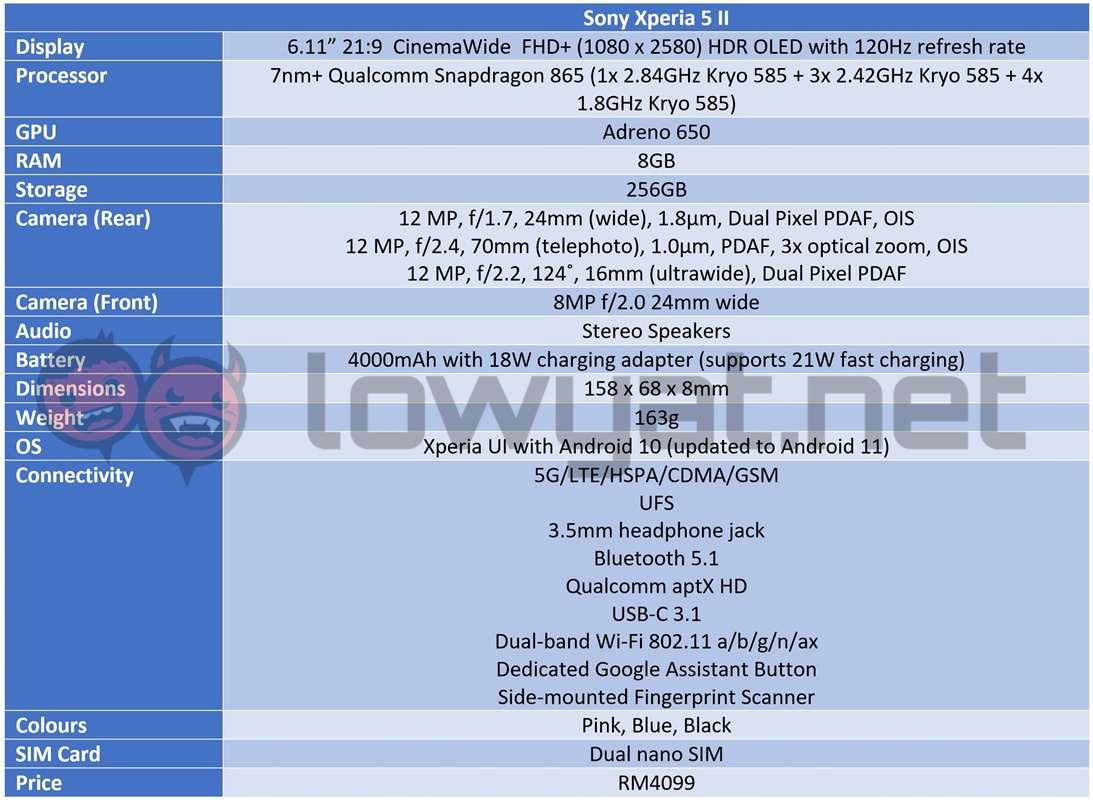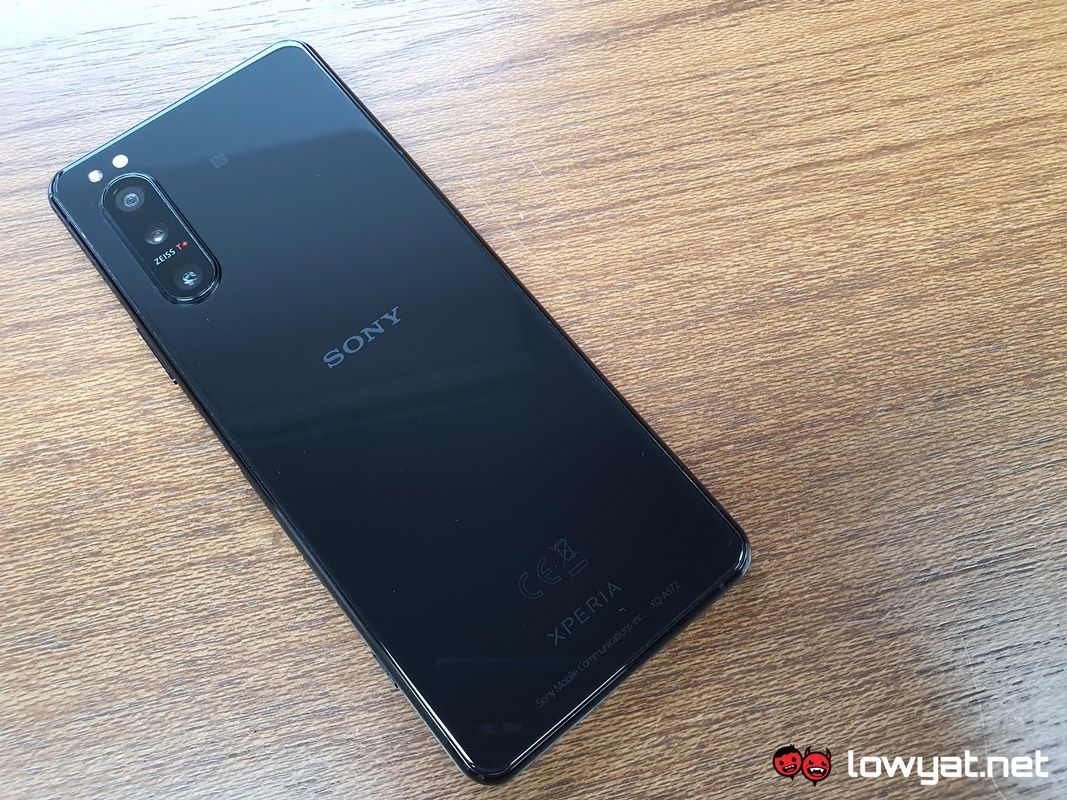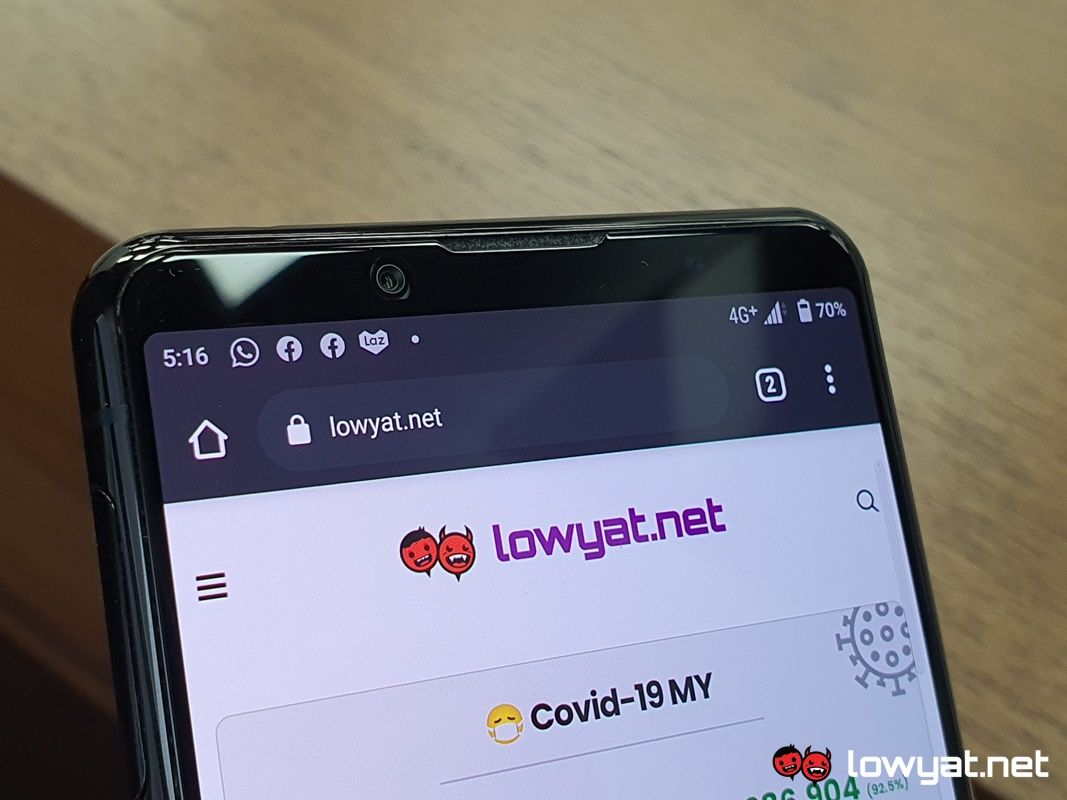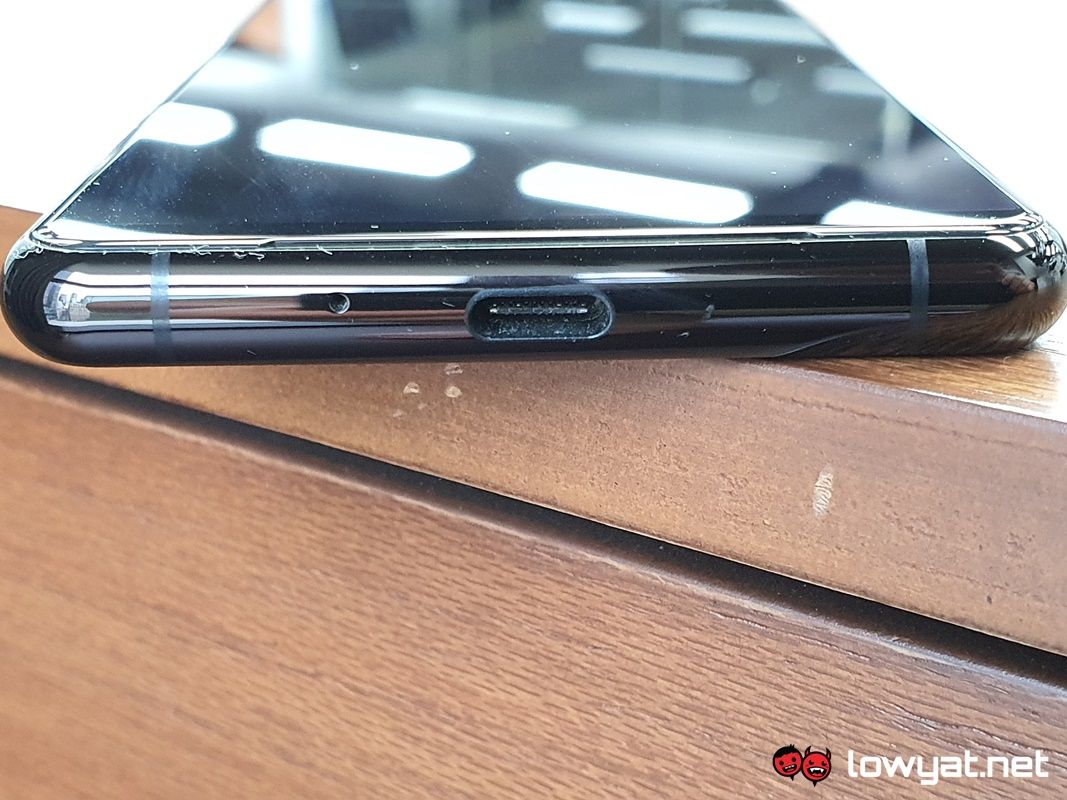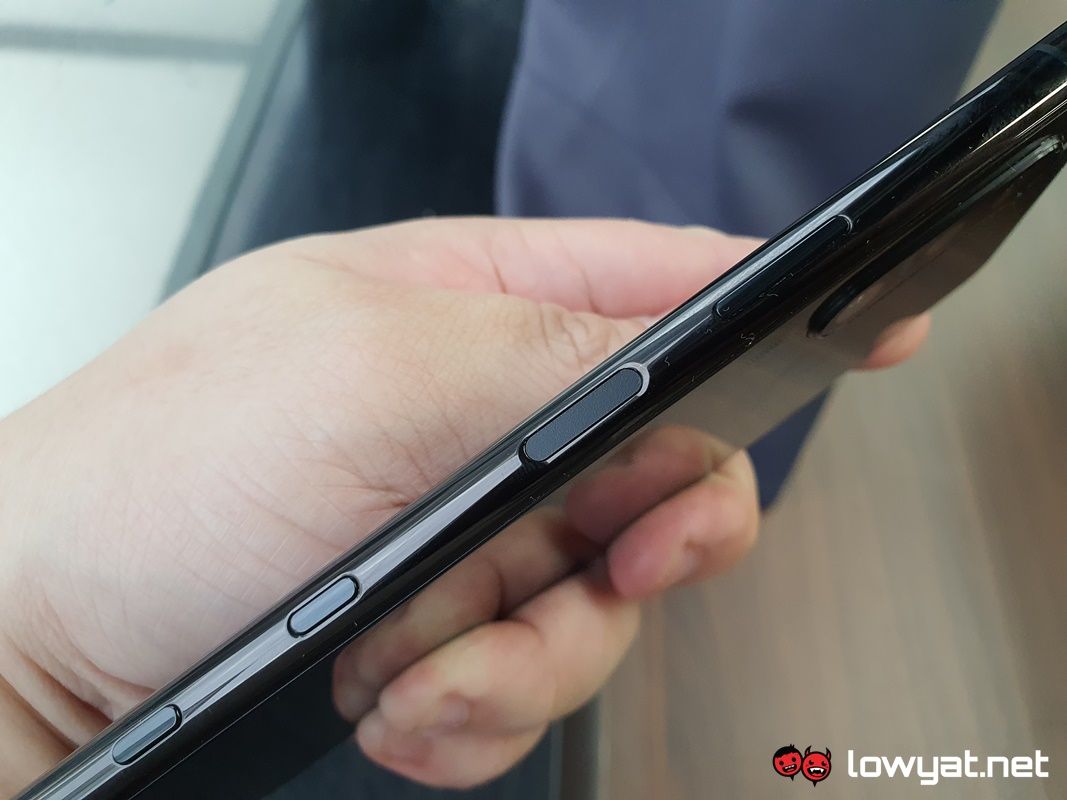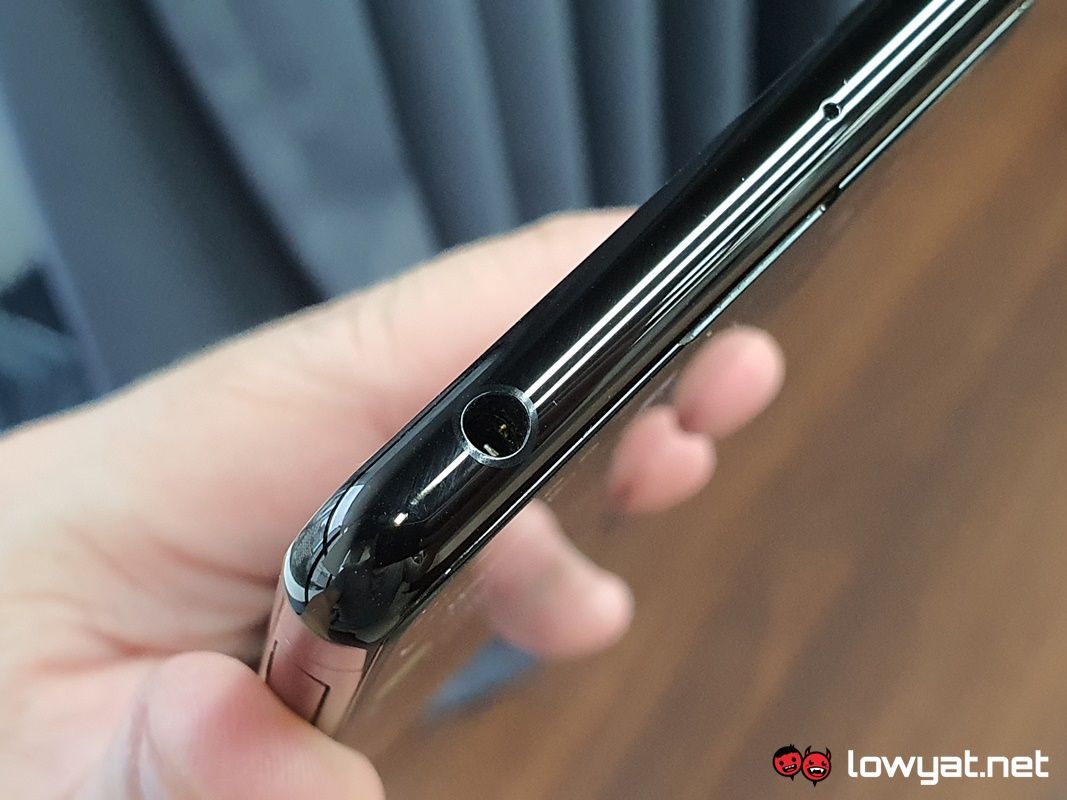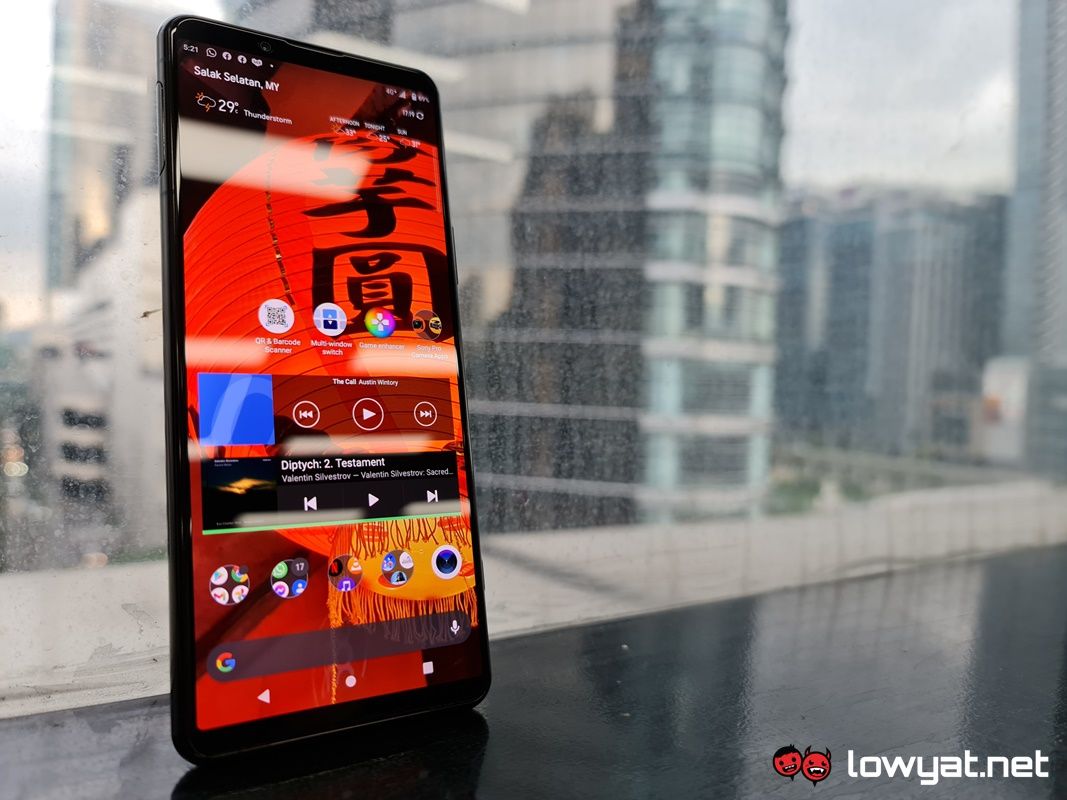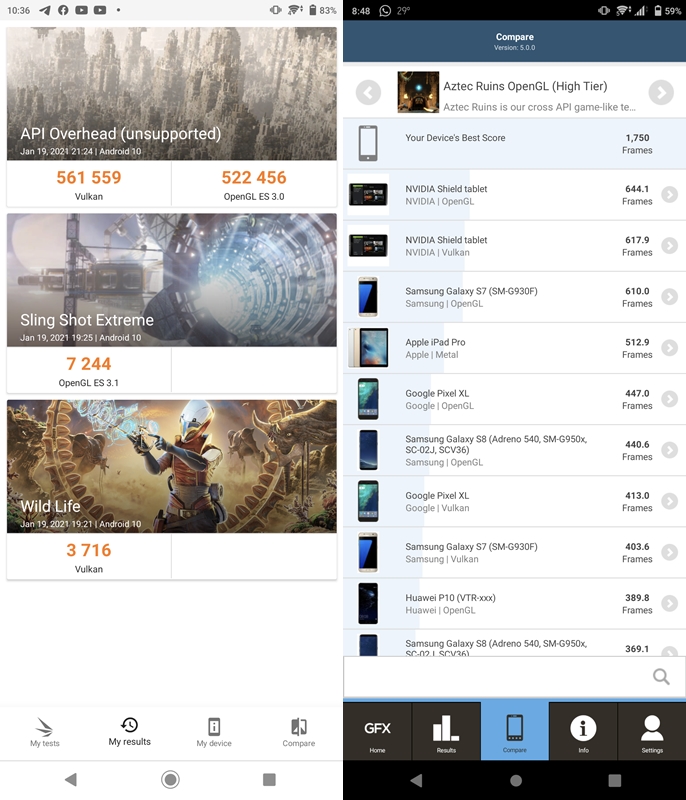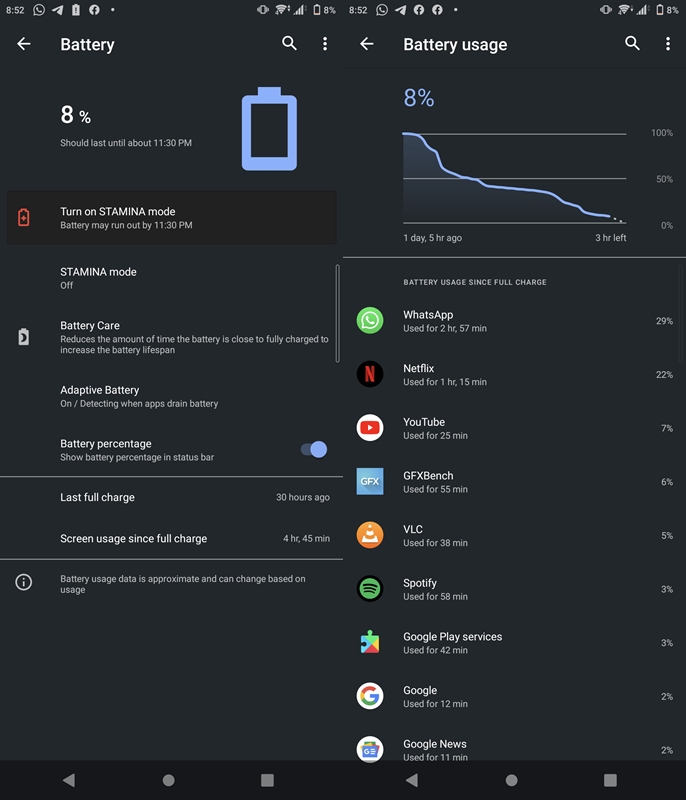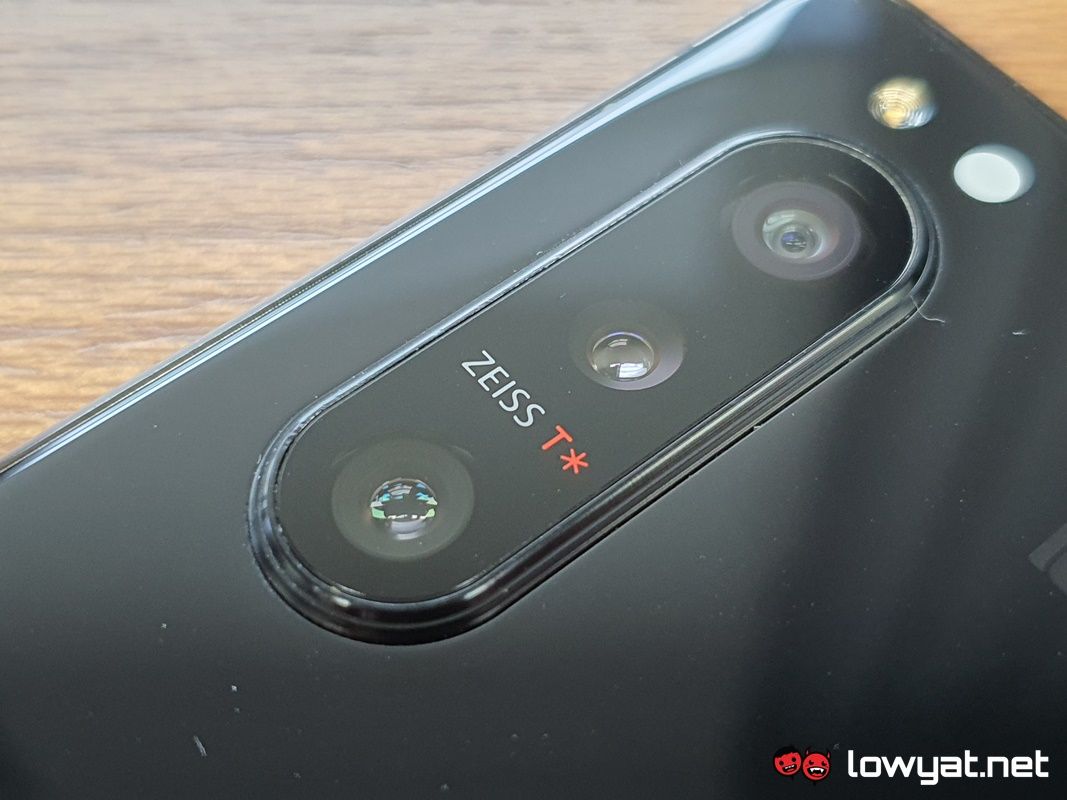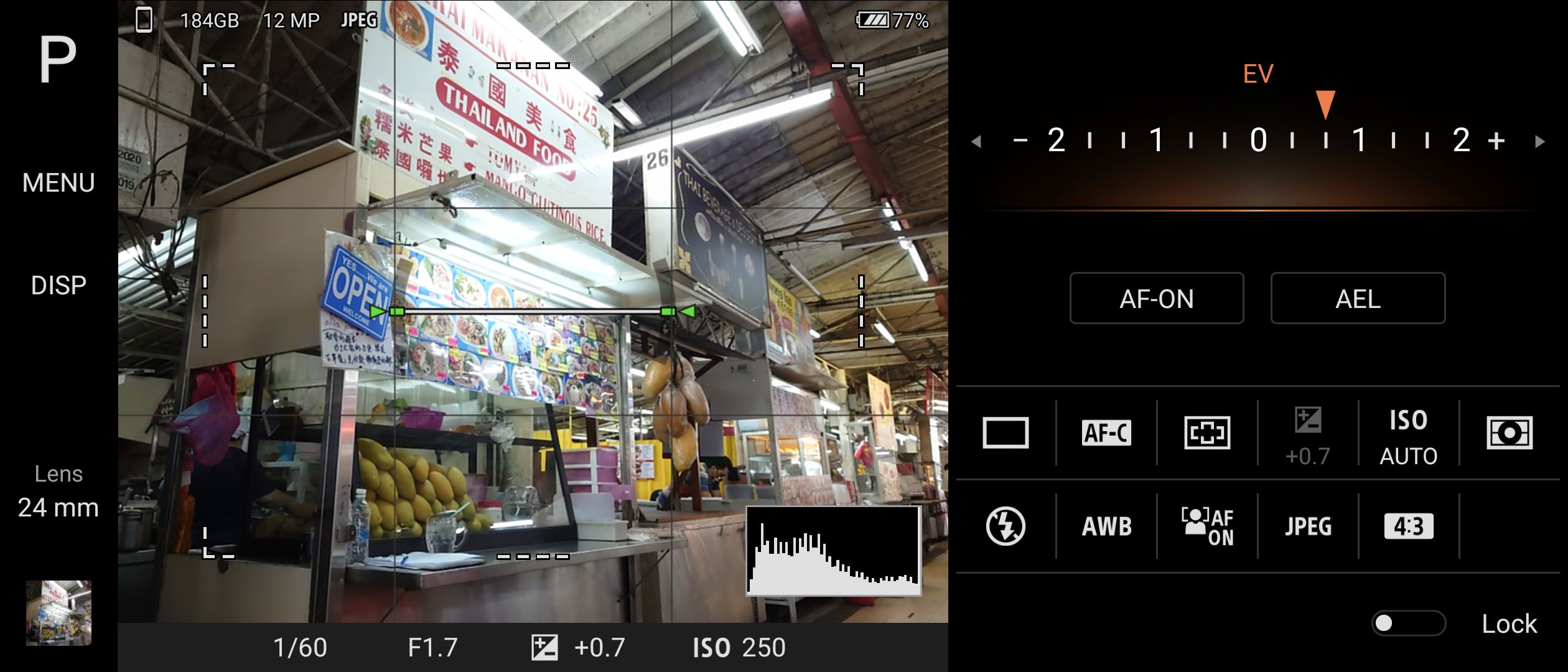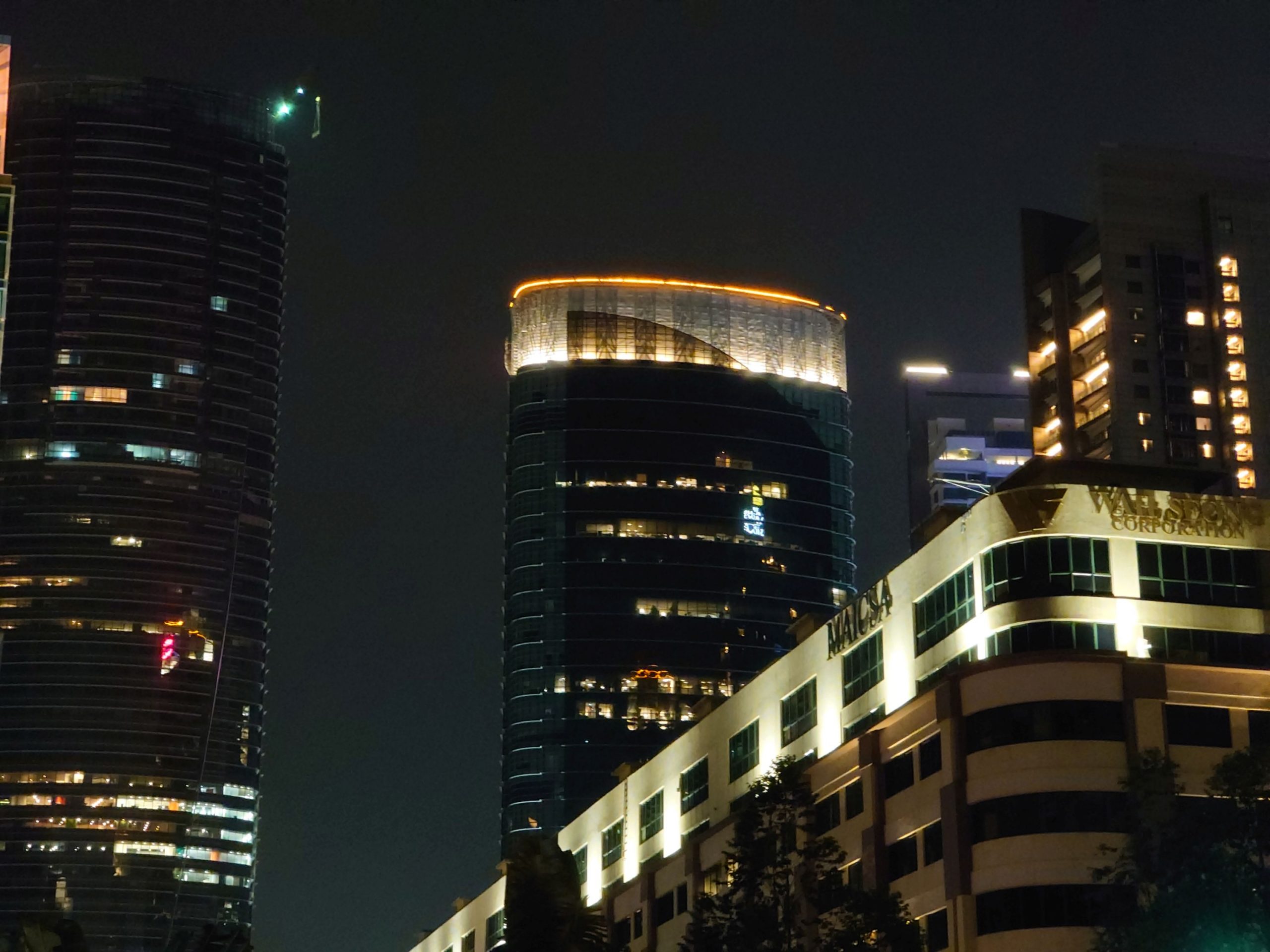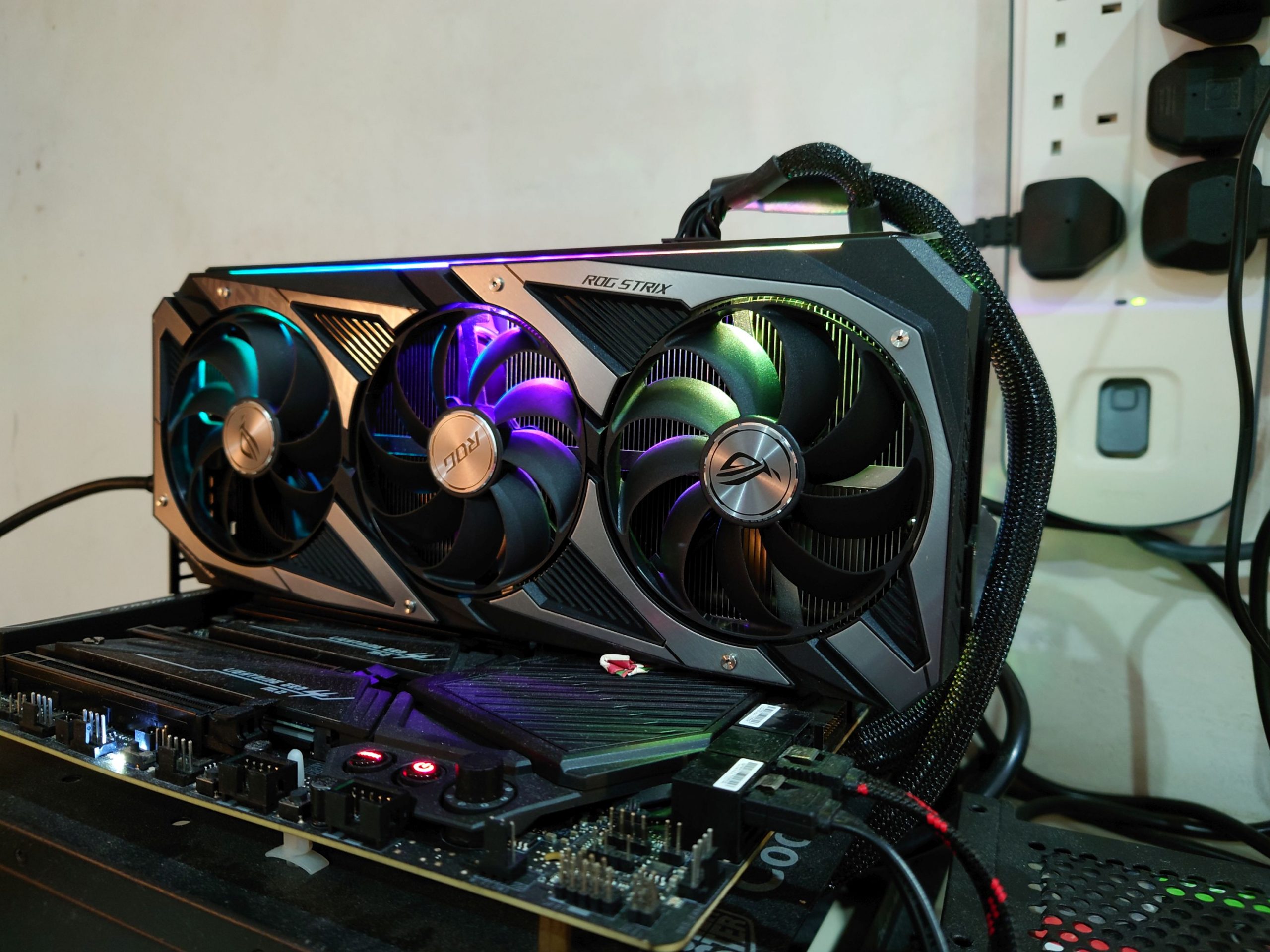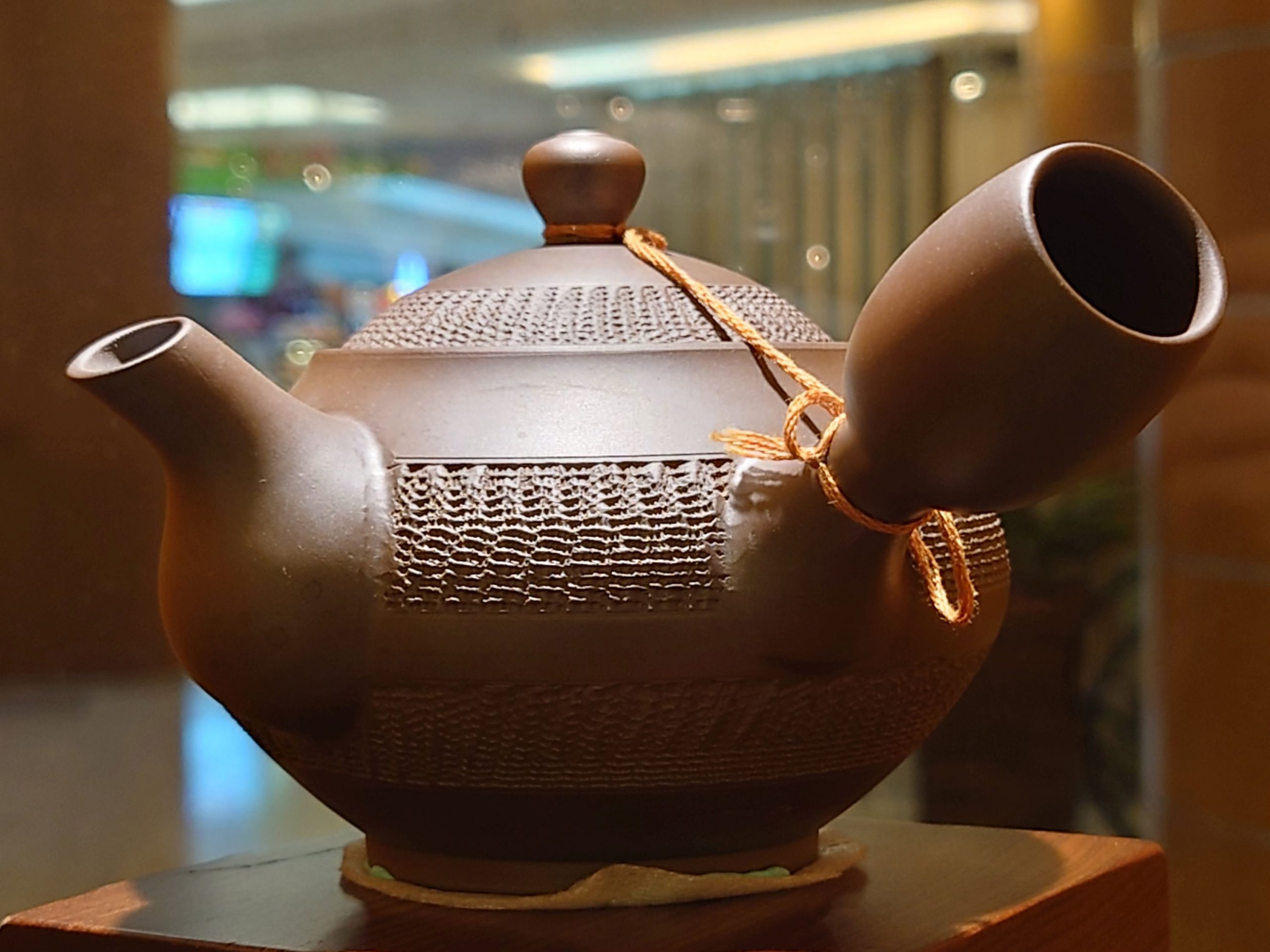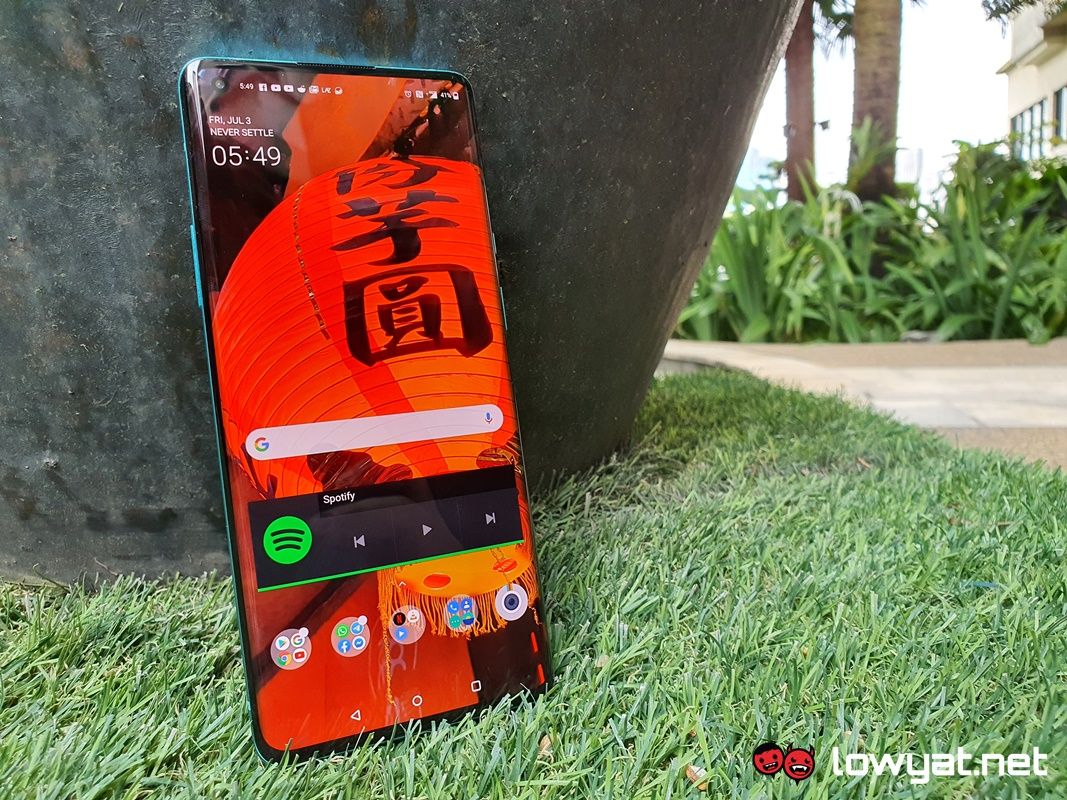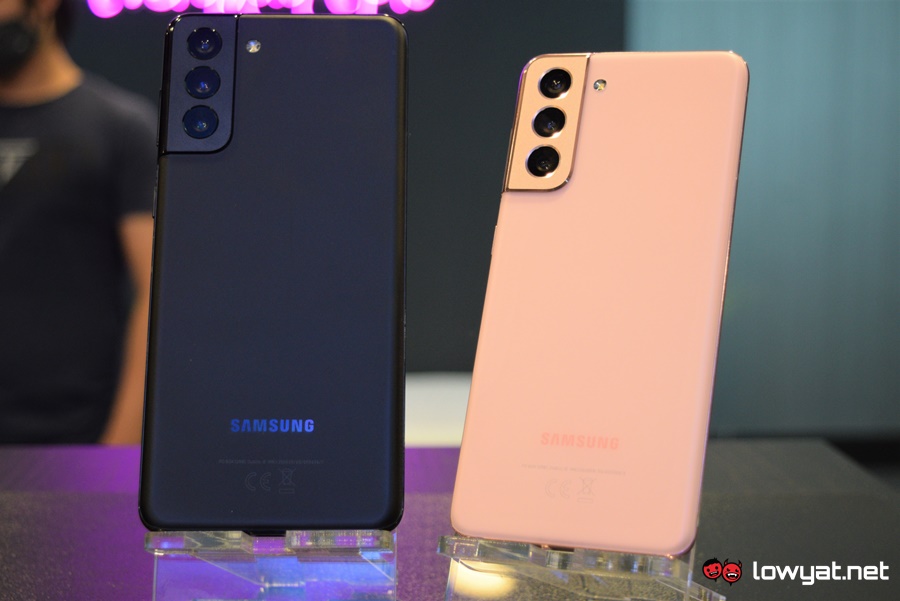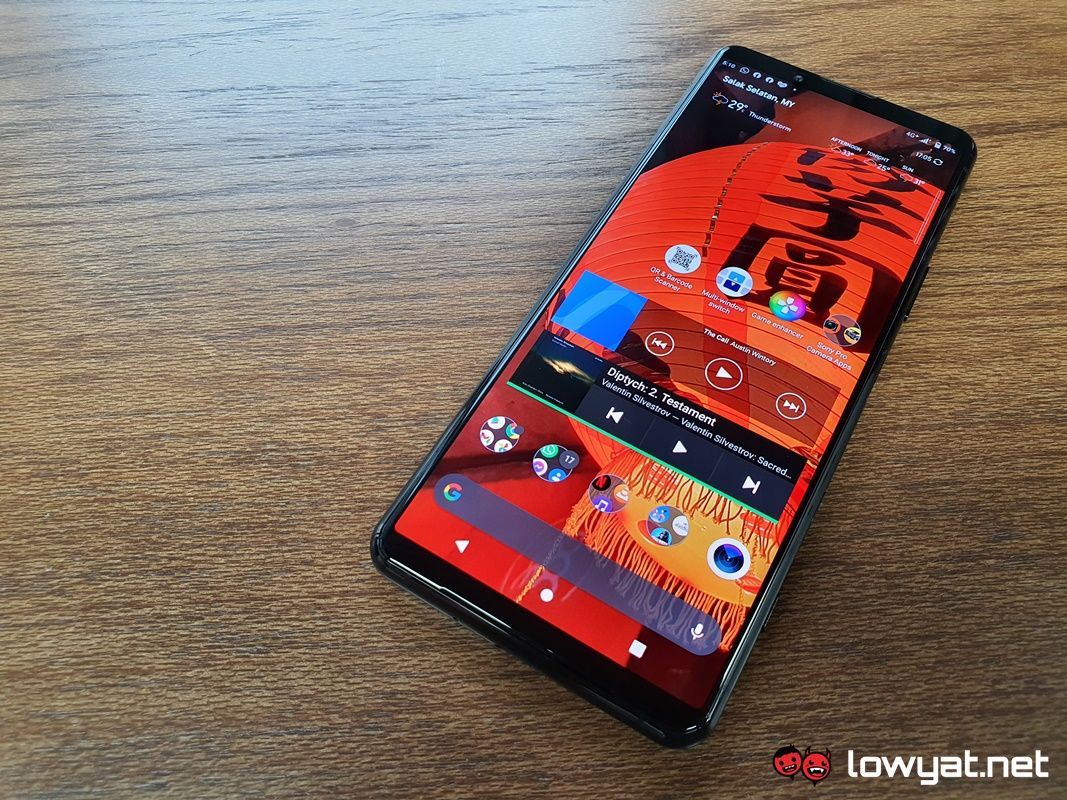Like its predecessor, the Xperia 5 II is designed to be a “watered down” version of the Xperia 1 II, but as I found in my time with it, that isn’t quite the case.
Specifications
At the risk of repeating myself here, the Xperia 5 II is a step up from its predecessor, figuratively and literally speaking. The phone is equipped with Qualcomm’s Snapdragon 865, but besides that slight update and its display, it is essentially a carbon copy of the original Xperia 5.
Design
If you’re an owner of the last generation of the Xperia 5, I will say this: you’re actually not missing out on a lot. In regards to its shape, the Xperia 5 II is only slightly thinner, and feels just as slippery and difficult to grasp, as it usually is with all-glass smartphone designs. It is hard to deny the subtle elegance that the Xperia 5 II projects. The thin and light form factor is definitely a world away from the design of Sony’s Xperia XZ lineup; a thought process and decision I still question to this day. That said, the Xperia 5 II also comfortably fits into the palm of my hand, thanks in part to its compact design.
No sign of a notched display.
One act of stubbornness that I have long appreciated about the Xperia lineup is that it doesn’t follow the punch hole or notched display trend that has long been adopted as the industry norm by other brands. In the case of the Xperia 5 II, it opts to retain a full bezel at the top of its 21:9 display panel, entirely dedicated to its selfie camera.
That brings us to another major difference between the displays of the Xperia 5 II and its immediate predecessor. This time around, the former’s panel is capable of running at a higher refresh rate of 120Hz, otherwise known as Adaptive Refresh Rate. As one would expect of the feature, activating it makes scrolling through pages and site feel fluid and buttery smooth. Of course, having the phone run at 120Hz tends turns it into a rather power-hungry device, a subject that I will discuss a little later in this review.
Moving on, the Xperia 5 II also retains a pinless, easy-to-access SIM card tray built into the side. The takeaway from this simple feature, however, is that unlike previous generation Xperia devices, I can finally hot-swap SIM cards without having the phone restart on me every single time. Another feature that still retains its existence on the Xperia 5 II is the 3.5mm headphone jack, located at the roof of the phone. While this physical audio port has virtually been phased out, having it available as an option is a plus point in my books.
Side-mounted fingerprint scanner for life.
The Google Assistant button makes a return to the Xperia 5 II but – yet again – unlike its predecessor, it’s repositioned a little lower from the side-mounted fingerprint scanner, and fleshed out so it doesn’t stick out like the volume rocker. On a related note, the button is rather helpful and while I still find myself using it more often than not, I am still the kind of person that usually long-presses the Home button on the main screen to bring up Google Assistant.
Speaking of which, that brings us to what I have often argued to be one of the best security implementations on a phone: the side-mounted fingerprint scanner. I like this feature and frankly, I applaud Sony for continuing to use it on its flagship devices. Another feature that has been carried forward to the Xperia 5 II is the main triple 12MP camera array, but unlike before, the optics on this camera module has been calibrated to ZEISS’s standards.
User Experience
I am going to begin this segment of the review by addressing the one issue I am certain many people will feel upon holding the Xperia 5 II: its size. Switching from my daily driver that is the Galaxy Note20 Ultra, believe me when I tell you that there is a period of acclimation required with the phone.
Best used with a nice, textured casing.
The phone’s slim and slender form factor means that the phone fits into the palm of my hand nicely, but its highly polished glass design and mirror sheen make it a little more difficult to wield in one hand. In fact, I find myself squeezing the phone a little harder than I usually do, for fear of it slipping out of my hand. In this case, I think pairing the phone with a nice casing eliminates the problem.
My two left hands notwithstanding, the experience of using the Xperia 5 II as my daily driver was far from unpleasant. One of the main draws of using any Xperia phone is the simplicity of the Xperia UI. The interface is practically – and has mostly been for the entirety of its existence – vanilla Android, which is a rarity when you consider the other UIs that are out there. Animations and swiping transitions look smooth and feel fluid, as is my interaction with the phone. Apps open and load in virtually no time at all, while opening multiple apps at a time barely slows the device down, thanks in no small part to the Snapdragon 865 SoC and heaping serve of 8GB RAM. Still on the subject of the Snapdragon 865, the chipset is inarguably powerful and performs just as a high-end, premium processor should, even if it has already been dethroned by the Snapdragon 888. To that end, it wipes the floor with all the benchmarks I throw at it, without breaking a sweat. And while I don’t really game on mobile, games like Call of Duty Mobile play out smoothly, with nary a dip in the framerates.
The 21:9 aspect ratio is great but takes some getting used to.
But where the Xperia 5 II actually shines is via its 21:9 aspect ratio display. It is, as some would say, a real treat for movie buffs and people; there’s a real sense of immersion watching movies on the phone, especially with Dolby Atmos turned on. Dynamic Vibration makes a return to the phone, but I keep that feature off by default, simply because I don’t enjoy the excessive rumbling it produces. The scrolling experience is further complemented by the inclusion of an Adaptive refresh rate that allows me to choose between the bog-standard 60Hz or the faster 120Hz refresh rate that makes everything on the display feel so buttery smooth. Sadly, the feature isn’t as well optimised as other brands like OnePlus, and the 4000mAh battery’s endurance does take a hit. So, take note of that.
Battery performance could be better.
That brings us to the battery consumption of the Xperia 5 II. As my daily driver and with 120Hz turned on, whittling the battery down from a full charge to single-digit power takes just over a day of checking emails, surfing the internet, and watching the occasional show, either on Netflix or YouTube. If I am binge-watching shows, I’m looking at up to eight hours of continuous use before the phone starts crying out for the power adapter.
As for charging, 15 minutes of charging with the bundled 18W charging adapter restores about 25% of power, but getting it fully charged actually takes slightly less than an hour. That said, the phone does support Qualcomm’s Quick Charging technology, but only up to 21W.
Camera
As I mentioned earlier, the main triple-camera module of the Xperia 5 II is a carry-over from its predecessor: all three sensors are rated at 12MP and each with a specific focal length. Specifically, 16mm, 24mm, and 70mm. But like the plus-sized Xperia 1 II, Sony has upped the ante and given this 12MP camera trio a Zeiss makeover by incorporating the German brand’s optics technology into it. Not only that, but you also have access to Sony’s Photo Pro and Cinema Pro apps. Admittedly, I’m not well-versed with the latter app, but using the former really does give me a sense that you’re handling a camera from Sony’s Alpha lineup. No, really.
The majority of the images shared in this review were captured via the the Photo Pro app and with my priority primarily being set for exposure control.
Sadly, as these things usually go for Sony and the main cameras of its Xperia lineup, the final images fall into the realm of “hit or miss”, even in Photo Pro mode. At its best, pictures are clear and detailed, with colours looking more normal and less saturated than the images taken with a Samsung Galaxy series smartphone.
Low-light scenarios are not the Xperia 5 II, which isn’t all that surprising since this has been a sticking point for all Xperia smartphones. In areas that are exceptionally dim, you can see the on-board AI engine go to work in highlighting a subject, the end result being what appears to be a very glaring outline of the subject of the picture.
Sample Images
Competition
At RM4099, the Xperia 5 II is far from an affordable smartphone but again, it is rocking some very premium hardware. Needless to say, if you’ve actually got the cash to burn, there are alternatives that warrant consideration.
OnePlus 8 Pro
I know the OnePlus 8 Pro has been out for nearly a year and that the OnePlus 9 is hot behind its heels, but love it or leave it, it is still a worthy contender. It may not have a 21:9 aspect ratio display, but it still uses a 6.78-inch Fluid AMOLED display with a 120Hz refresh rate. The top-of-the-line variant of the OnePlus 8 Pro is also priced the same at RM4099 and at that price, you get the Snapdragon 865 SoC, 12GB RAM, and 256GB of non-expandable storage. For its main camera, you get four instead of three camera sensors that include a 48MP Sony IMX689 wide, a 48MP ultrawide, an 8MP telephoto, and a 5MP colour filter. On top of that, the phone also comes with OnePlus’ proprietary wired and wireless Warp Charge 30 charging technology.
Samsung Galaxy S21
Much like the relationship between the Xperia 5 II and Xperia 1 II, the Samsung Galaxy S21 is essentially the baby of its family. Having said that, there’s nothing infantile about the hardware inside of it. On paper, we’re looking at a phone equipped with Samsung’s 5nm Exynos 2100 SoC, 8GB RAM, up to 256GB of expandable storage, and just like the Xperia 5 II, a 4000mAh battery capacity. On the outside, you have a slightly “smaller” 6.2-inch Dynamic AMOLED 2X display that also bears support for 120Hz refresh rate, plus HDR10+. As for its main camera, you’re looking at a triple-camera array comprising a 12MP wide, 64MP telephoto, and a 12MP ultra-wide. It’s also slightly cheaper as well atRM3499 for the 128GB variant and RM3699 for the 256GB model.
Conclusion
It is no secret that Sony has long struggled to get its Xperia branding back on track and based on what I am seeing in the Xperia 5 II, the company is slowly, but surely learning from the mistakes of the last generation. At RM4099, the Japan-based brand clearly wants to give consumers their money’s worth with some of the added features that were lacking in the first Xperia 5. That said, there’s not a whole lot of groundbreaking features with the phone, therefore still making it a slightly tough sell.
The Sony Xperia 5 II is a generational improvement but lacks any groundbreaking features.
In any case, if you’re re-entering the Xperia realm, welcome back. For newcomers that are making a switch from one of the more prominent brands like Samsung or Xiaomi, a slight period of readjustments or acclimation is needed. That is, in terms of its size. For those of you trading up from Sony’s last generation of Xperia smartphones, I can only imagine you’re doing so in favour of the updated ZEISS imaging technology, as well as Sony’s Photo Pro and Cinema Pro app.
